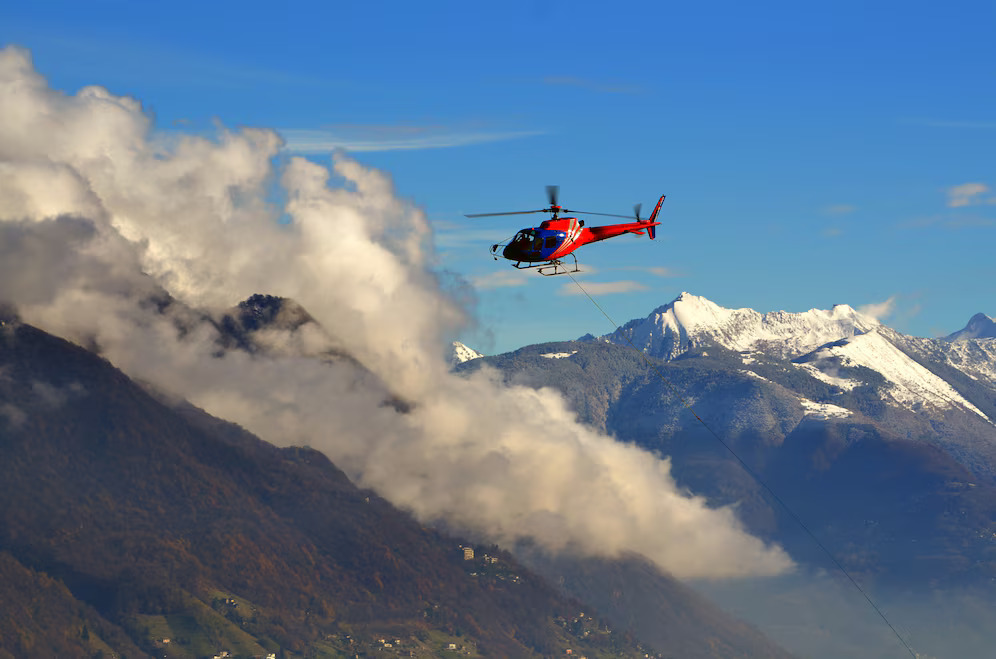Becoming a helicopter pilot can be an exciting and fulfilling career. Whether you want to fly for leisure or pursue a commercial career, the path to getting your wings is structured but requires dedication. This article will explain how to become a helicopter pilot in simple terms, guiding you through each step. From choosing the right license to gaining flying hours, here’s everything you need to know.
1. Understand the Requirements for Becoming a Helicopter Pilot
Before diving into flight training, it’s essential to know the qualifications needed. In Australia, you must meet certain health, age, and language requirements. A medical exam will assess your overall fitness, ensuring you’re healthy enough to operate a helicopter. For most licenses, the minimum age requirement is 17, but for some commercial licenses, you must be 18. Additionally, you must prove your proficiency in English, both written and spoken, as it’s critical for safety and communication in the skies.
2. Obtain a Private Pilot License (PPL)
One of the first steps in how to become a helicopter pilot is obtaining a Private Pilot License (PPL). This license allows you to fly for personal use, and it’s often the foundation for more advanced licenses. The training involves a mix of ground school and practical flying time. During your PPL training, you’ll learn the basics of helicopter operation, flight rules, navigation, and aerodynamics. You need a minimum of 50 hours of flight time, which includes both solo and instructor-supervised hours. After completing the required training, you’ll need to pass both a written exam and a flight test.
3. Pursue Advanced Training for a Commercial Pilot License (CPL)
If you’re looking to make a career out of flying, the next step after a PPL is to obtain a Commercial Pilot License (CPL). The CPL allows you to fly for hire, which opens up a variety of job opportunities, including tour guides, rescue pilots, and more. Becoming a CPL holder requires more flying hours—usually around 105 hours for helicopter pilots. You’ll also need to pass more advanced exams and a practical test to demonstrate your flying skills. Training for this license is more intense and focuses on operational procedures, emergency protocols, and advanced navigation skills.
4. Gain Flight Hours and Experience
Gaining flight hours is essential to becoming a skilled pilot. Whether you’re aiming for a PPL or CPL, the more time you spend flying, the better you will become. Start with small flights and gradually build up to more complex operations. Flight schools will often offer hourly rates for practice, and it’s common for pilots to work in entry-level positions to accumulate flight hours. A job as a flight instructor or aerial tour guide is a great way to gain experience. The more hours you log, the better prepared you will be for high-level operations and commercial flying jobs.
5. Seek Employment and Continue Professional Development
Once you’ve obtained your CPL and accumulated flight hours, you can start looking for helicopter pilot jobs. Many pilots begin with small charter companies, aerial photography, or agricultural operations. These jobs provide valuable experience that helps you refine your flying skills. It’s important to continue developing professionally. Depending on your career path, you may want to pursue additional certifications, such as instrument ratings or multi-engine ratings, to broaden your skill set.
Conclusion
In conclusion, how to become a helicopter pilot is a structured process that demands commitment and training. Starting with a Private Pilot License (PPL) provides the foundation, and continuing with a Commercial Pilot License (CPL) sets you on the path to becoming a professional pilot. Along the way, you’ll need to gain flying hours and experience to hone your skills. The process may take time, but the rewards are well worth the effort. With the right training and determination, you can turn your dream of becoming a helicopter pilot into reality.



